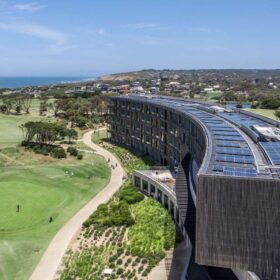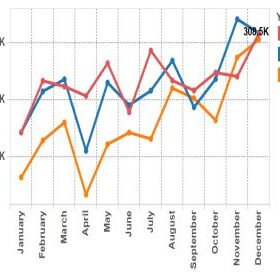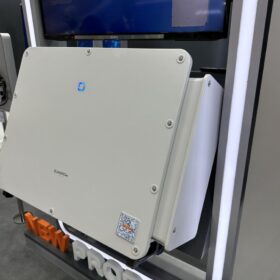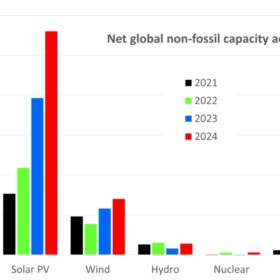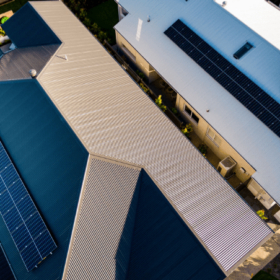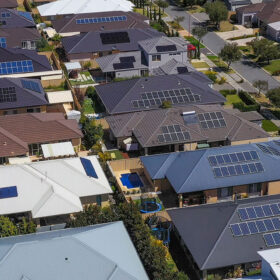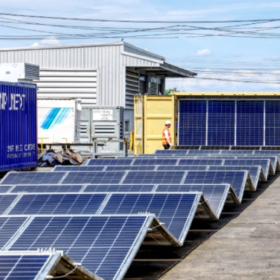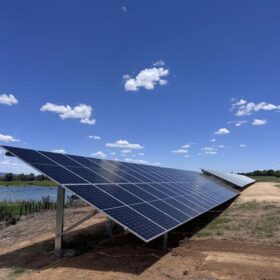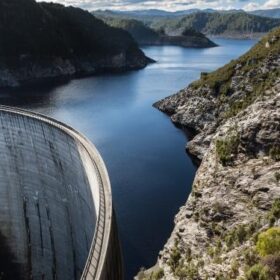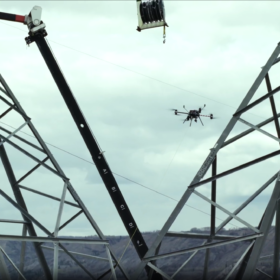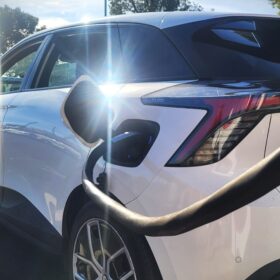RACV adds virtual power plant services to suite of membership offerings
RACV has added virtual power plant (VPP) services to its catalogue of membership offerings and follows integration of the FCAS-friendly PowerSync platform with solar and battery installations at RACVs Torquay and Inverloch resorts in Victoria.
Rooftop solar install rates end year on high
Australia’s rooftop solar market finished 2024 on a high with about 309 MW of monthly installations delivering one of the best December totals of recent years and putting the national trend back on the up.
Sungrow launches new inverter for C&I applications
Sungrow has launched a new inverter for commercial and industrial applications that it says achieves 98.8% efficiency and 98.2% European efficiency.
Fastest energy change in history continues
Solar and wind are being installed at a rate that is three times faster than all other new electricity sources combined. This offers compelling market-based evidence that PV and wind are now the most competitive and practical methods for deploying new generating capacity.
Victorian regulator to slash rooftop solar feed-in tariffs
Owners of rooftop solar arrays in Victoria could soon get almost nothing for exporting their excess power into the grid with the Essential Services Commission releasing a draft decision that would slash payments in response to the rapid uptake of the technology.
Chinese PV industry brief: Aiko Solar starts making back-contact PV panels
Aiko Solar has started production at its Jinan factory, its third facility for n-type all-back-contact solar modules. The plant is designed for 30 GW of solar cell and panel capacity, with the first 10 GW phase set to reach full output by late 2025.
Virtual power plants can compete in the energy market from 2027: AEMC
The Australian Energy Market Commission has released a final determination to allow virtual power plants to compete directly with large-scale generators in the energy market, scheduled to begin in 2027.
Remote hybrid solar and battery system targets replacement of diesel power
A Western Australia-based hybrid solar and battery system developer has demonstrated its hybrid units deployed in remote locations for businesses and communities can potentially replace around 150 litres of diesel per day.
Smooth sailing for solar installation at Cowra water treatment plant
Residential and commercial solar installatoin company, Mondiaux Solar has completed its first 100 kW ground mounted solar system with a 27 kW rooftop system to power a water treatment plant for the regional New South Wales town of Cowra.
Remote businesses swap diesel generation for off-grid clean energy subscriptions
An alliance of clean energy companies are establishing off-grid solar arrays and battery storage units in remote communities to enable local businesses to source reliable renewable energy by subscription.
